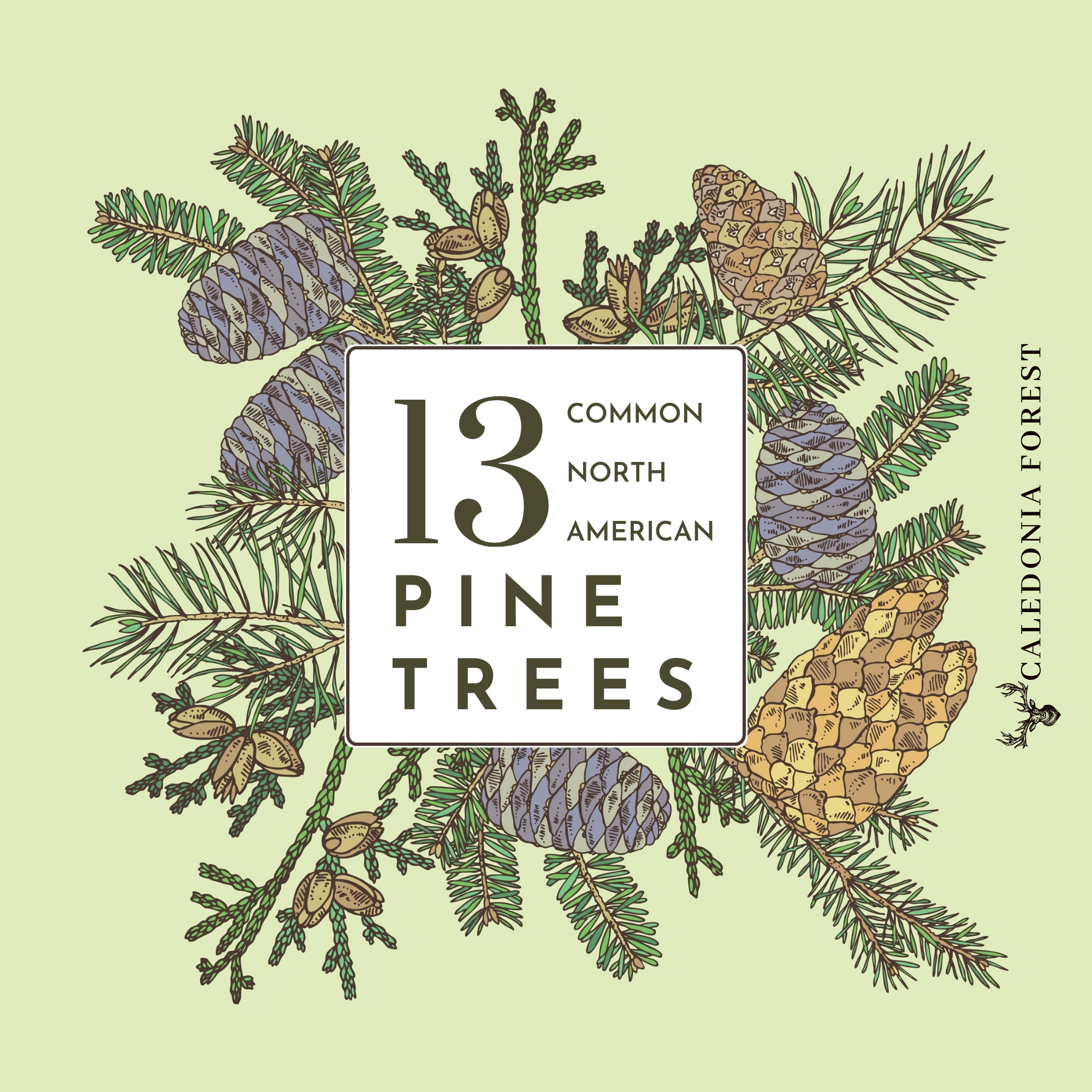13 Common North American Pine Trees
There are between 100 to 125 Pine species worldwide and are most native to the Northern Hemisphere. Pines are coniferous trees that are evergreen and resinous - meaning they are rarely ever in the form of shrubs. They fall into the genus Pinus and are in the family Pinaceae.
Pine trees grow in semi-tropical and temperate regions and are an abundant species across the globe. These softwoods grow fast and densely together. Their needles are acidic which helps to inhibit hardwoods from sprouting.
The tallest growing pine is called the Sugar Pine and the smallest is the Potosi Pinyon and the Siberian Dwarf Pine.
The 13 Common North American Pine Trees
There is nearly 50 species of pine trees that are native across North America. These conifers are predominantly found across dry parts of the Western mountains and throughout the Southeast.
The following list is the most common pines found throughout the United States and Canada. These pines are easily recognizable and highly valuable.
Sugar Pine
Loblolly Pine
Lodgepole Pine
Eastern White Pine
Jack Pine
Shortleaf Pine
Longleaf Pine
Ponderosa Pine
Western White Pine
Slash Pine
Pitch Pine
Red Pine
Virginia Pine
Characteristics of Pine Trees
PINE TREE BARK
Pine species generally have a furrowed and scaly bark. However, in regions where outbreaks of fire are limited, they can actually have smooth barks.
PINE TREE LEAVES
The “leaf” on a pine tree consists of bundles of needles in groupings of 2 to 5 wrapped together. They have paper-thin scales attached to a twig. These leaves last for about two years before dropping to the ground. The pine tree remains being an ever-green since it consistently grows new needles every year.
PINE TREE CONES
There are two types of cones on a pine tree. One focuses on the development of seeds and dropping to the ground and the other focuses on the production of pollen.
The pollen cones are attached to the new shoots of the “leaves” and are much smaller. They produce large quantities of pollen. The larger cones are the ones that bear seeds and are woody and commonly found fallen on the forest floor.




